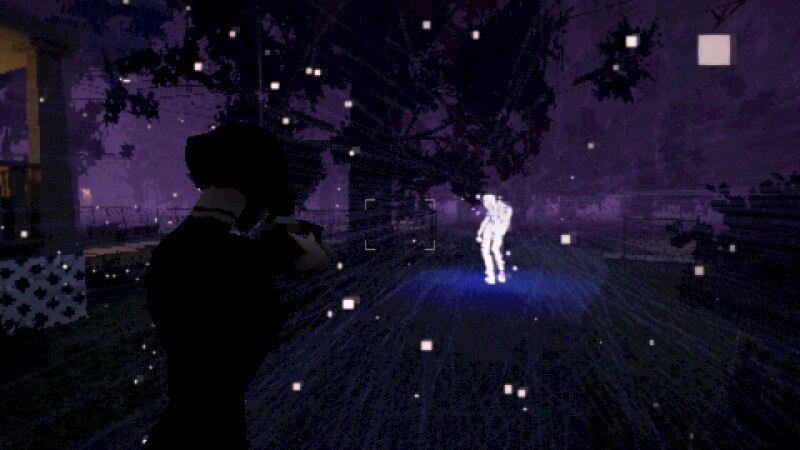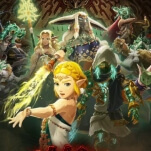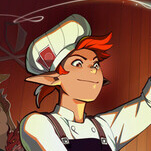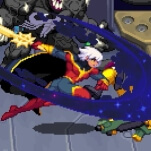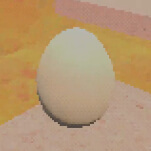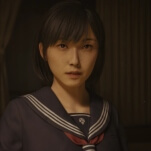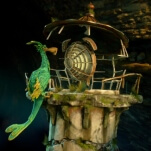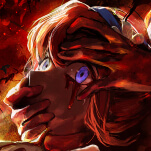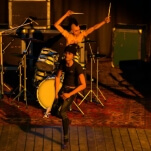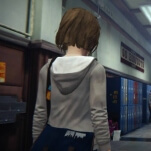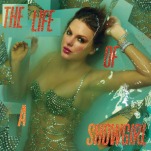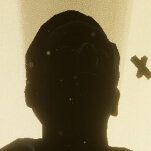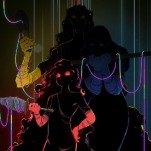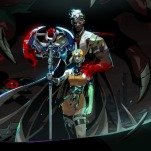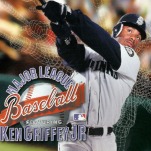Heartworm Grapples With the Trap of Nostalgia
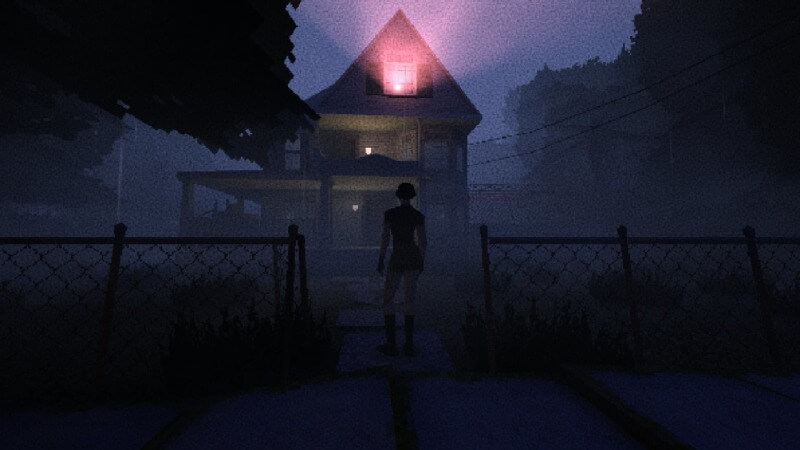
Throughout history there has been a superstition among certain cultures that a camera has the power to capture the soul when it takes a photograph. In some ways it is an evolution of an older superstition held about mirrors, in which they would be covered after a person’s death in order to keep the recently departed spirit from being trapped. These fears that intertwine how we capture moments, how we reflect, and how we grieve are made real within the world of Heartworm.
From developer Vincent Adinolf and published by DreadXP (so you know it has the horror chops), Heartworm is the latest game to follow the retro-horror trend. Just as in recent genre darlings Signalis and Crow Country, Heartworm seeks to emulate the aesthetics, mechanics, and mood of the great titles from the original PlayStation—think early Resident Evil and Silent Hill. That means low-poly graphics, fixed camera angles, and (optional) tank controls. A more unique inspiration for Heartworm, however, is the PlayStation 2 horror title Fatal Frame. As in that 2001 title, the main “weapon” players have at their disposal with which to defend themselves is a camera.
This camera becomes the thematic and mechanical centerpiece of a twisted world that serves as a dark mirror of the reality protagonist Sam comes from. Although for her that reality is dark in its own way, considering she is dealing with depression surrounding the death of her grandfather (which brings up further past traumas). This grief leads her to a house rumored to be supernatural. In the opening minutes of Heartworm we explore this house only to pass through a door that takes us and Sam into the proverbial looking glass.
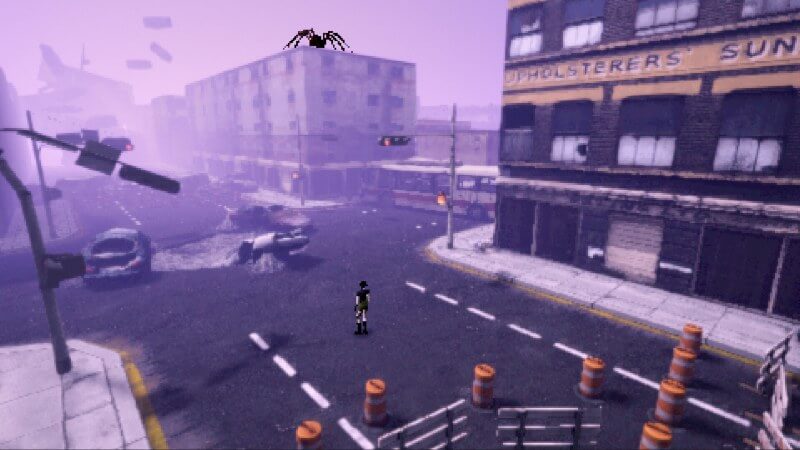
As this is a survival horror game, monsters soon come out of the woodwork to chase down Sam. Heartworm presents these creatures as silhouettes filled in entirely by television static; what once was a person is now a faceless void of static noise. Taking pictures of these creatures with the camera kills them. To revisit those superstitions, it is almost as if Sam is capturing the souls that somehow still remain trapped in these twisted bodies.
-

-

-

-

-

-

-

-

-

-

-

-

-

-

-

-

-

-

-

-

-

-

-

-

-

-

-

-

-

-

-

-

-

-

-

-

-

-

-

-

